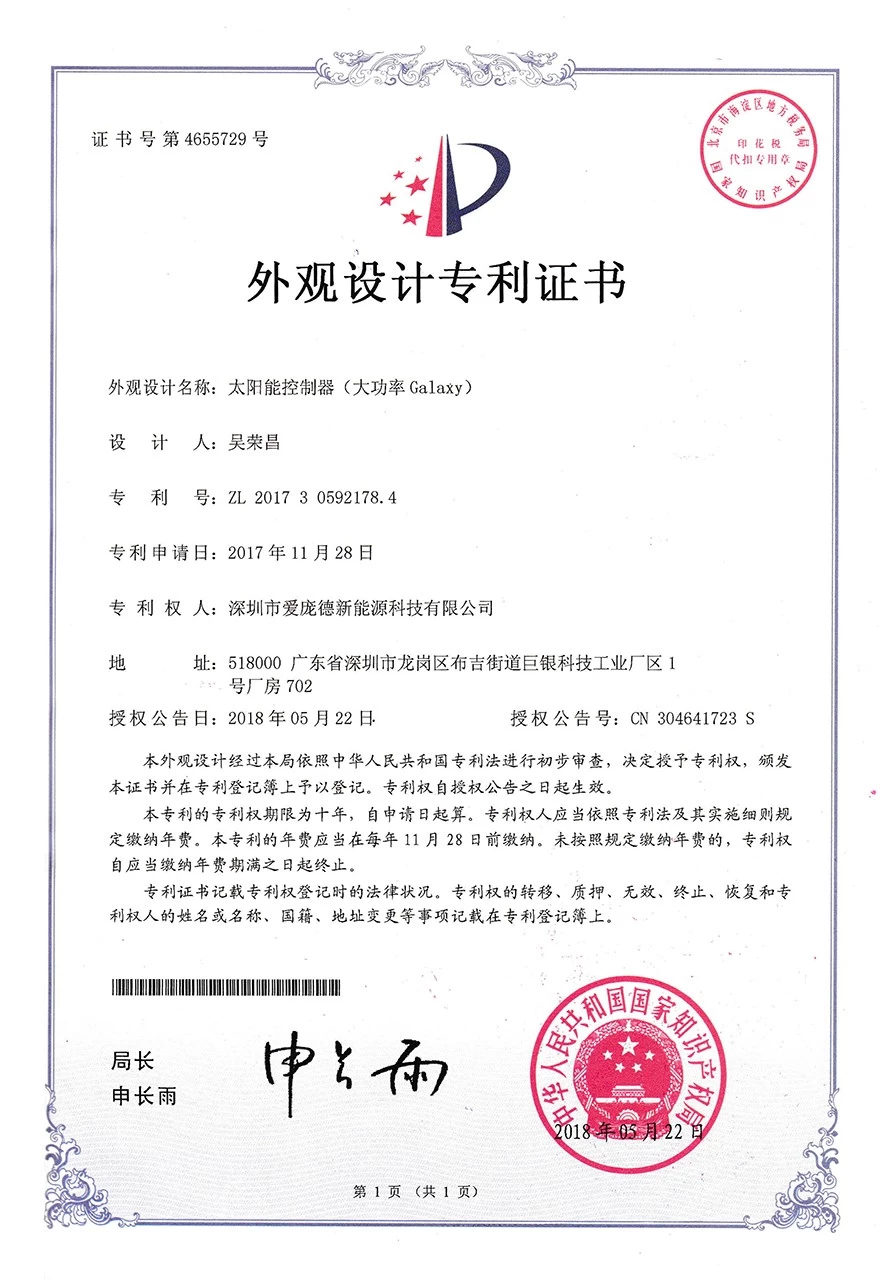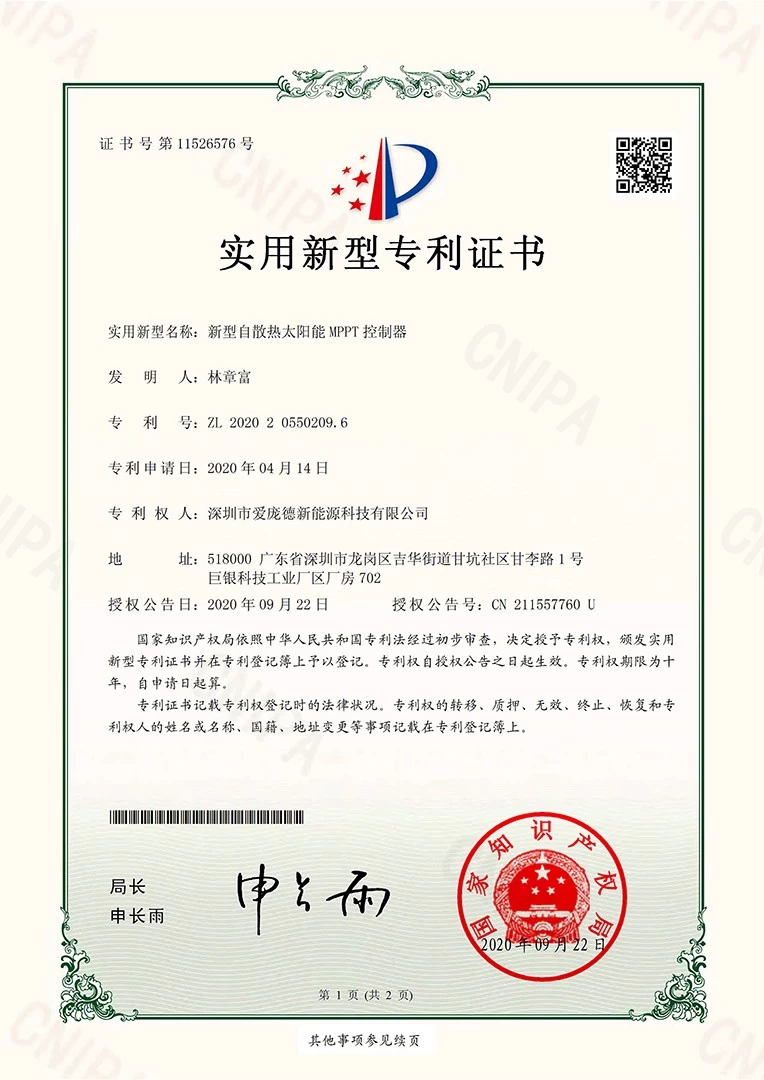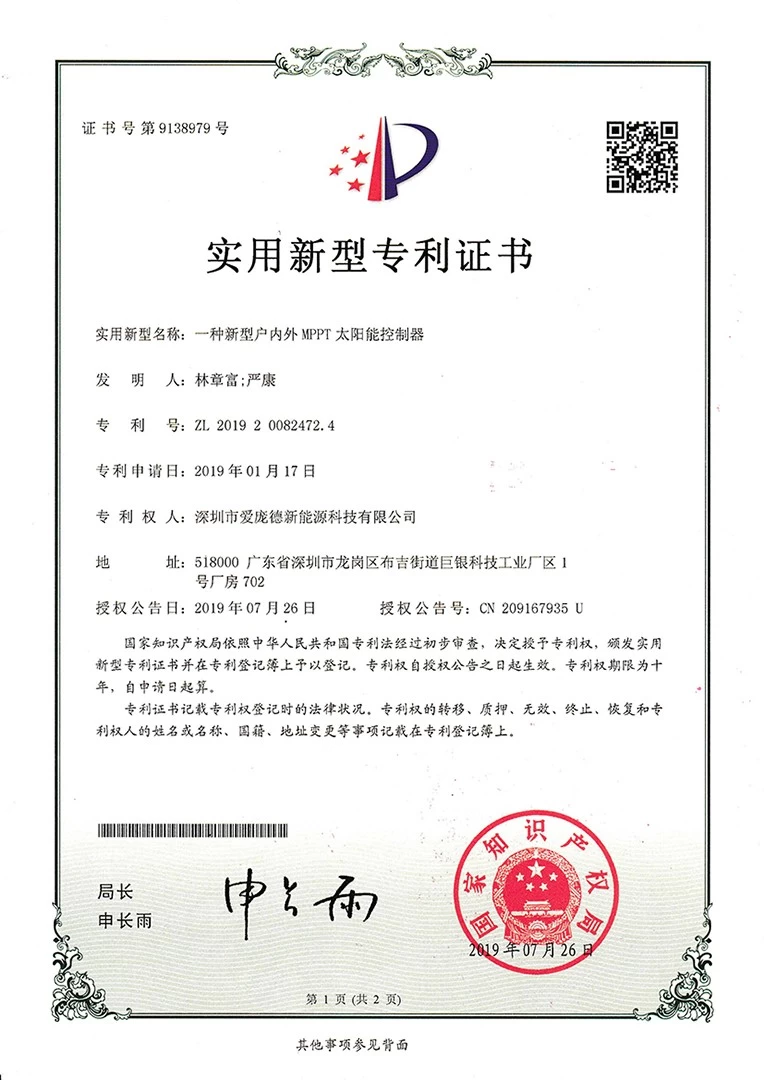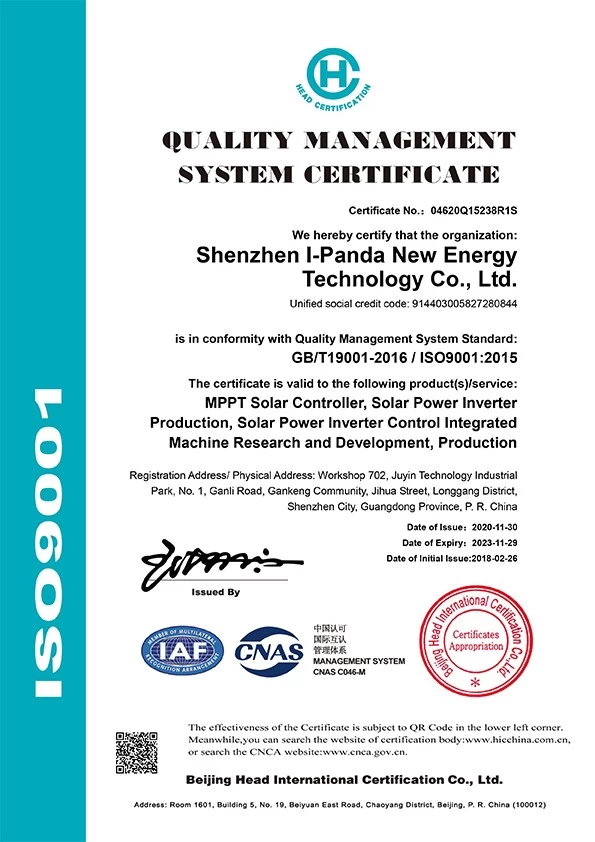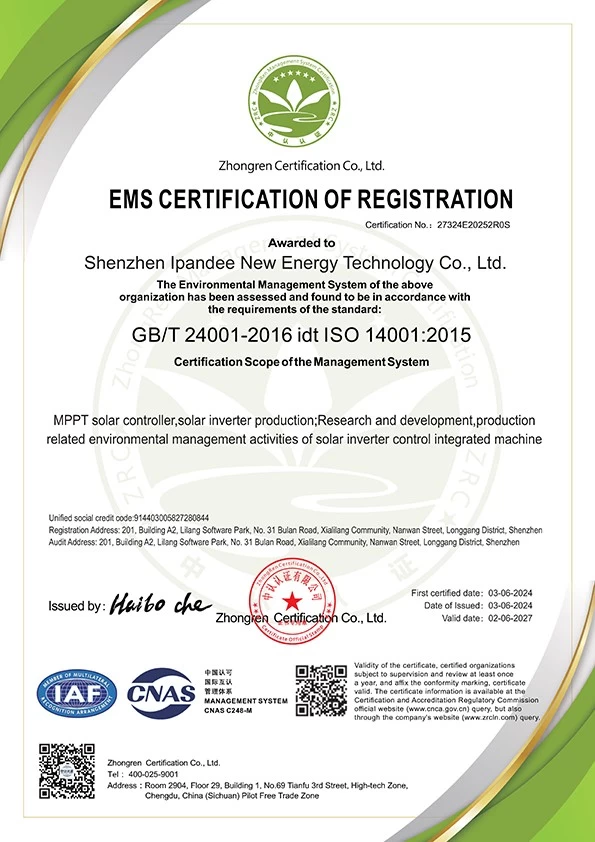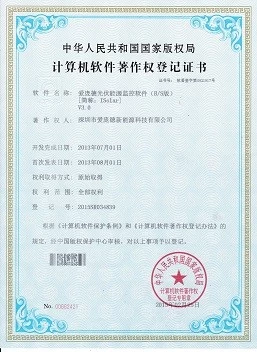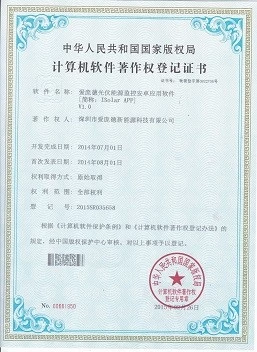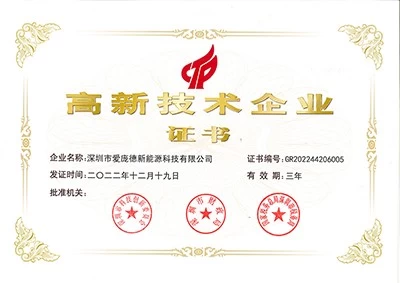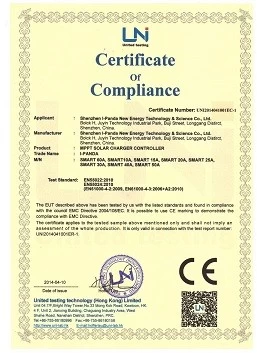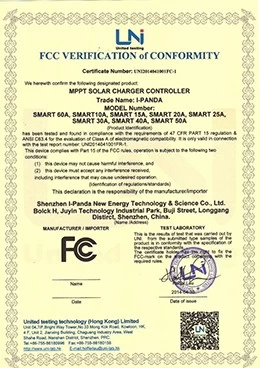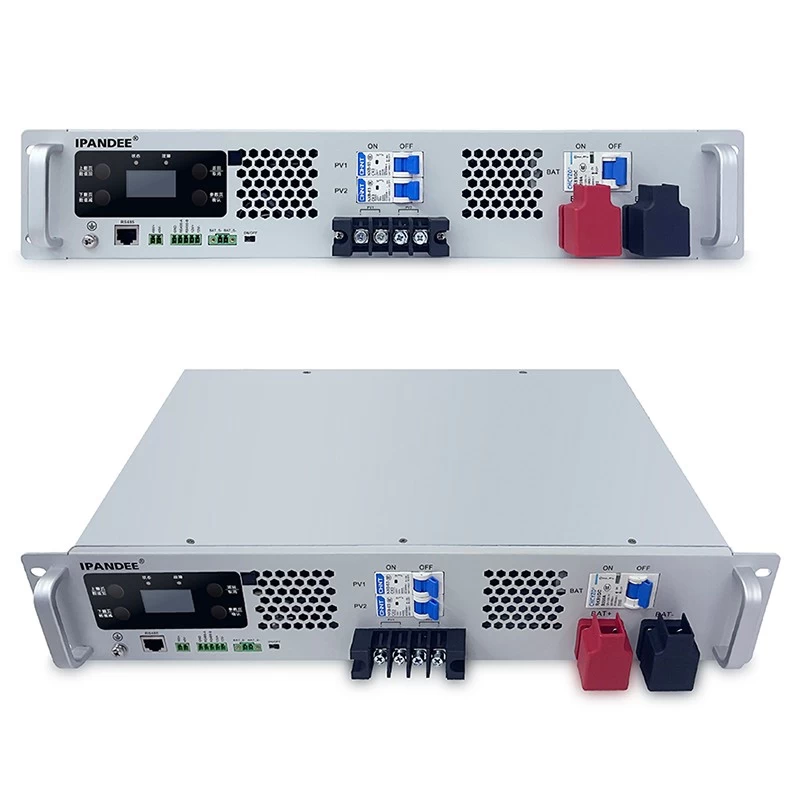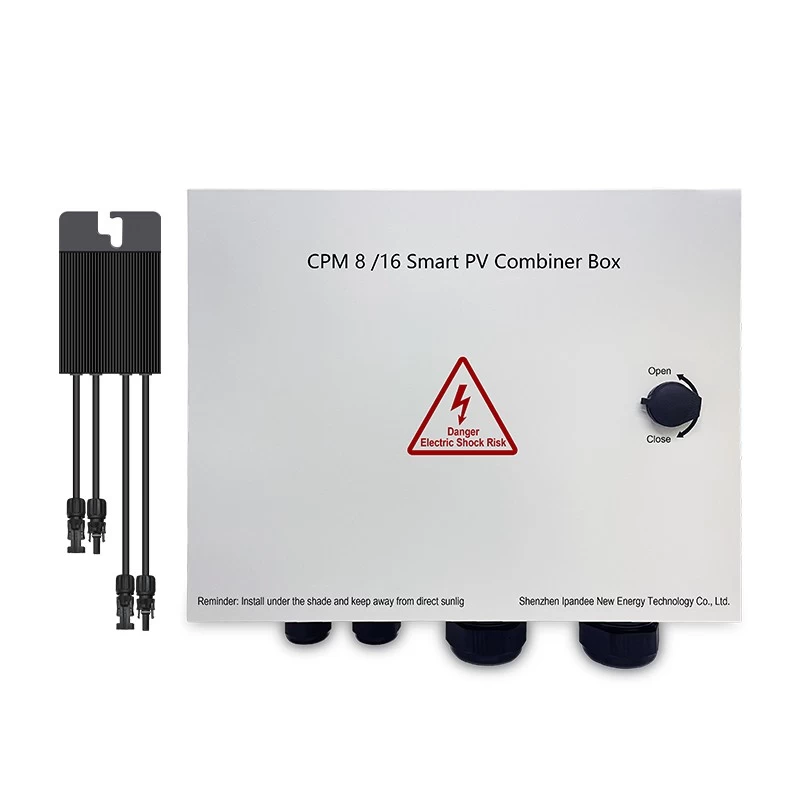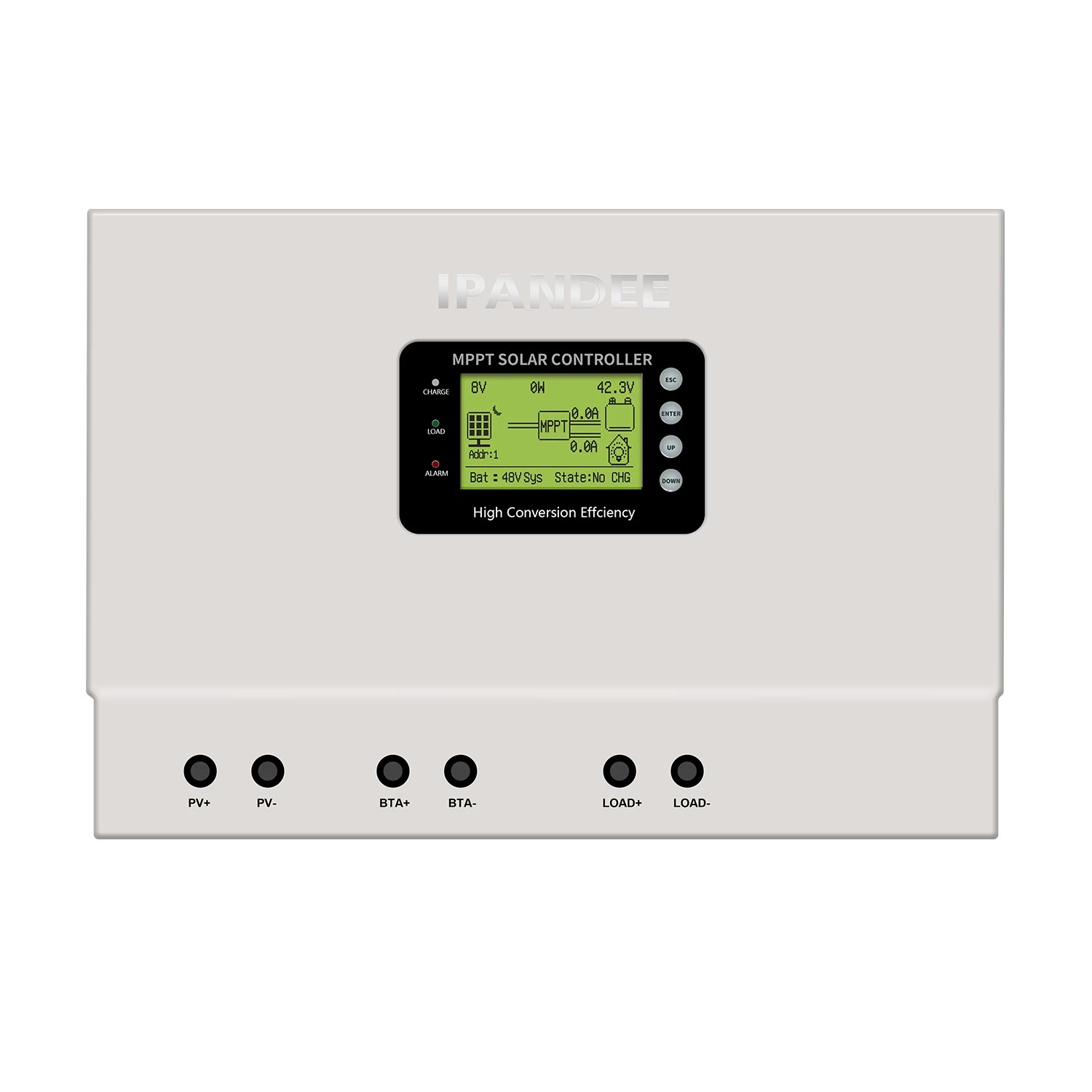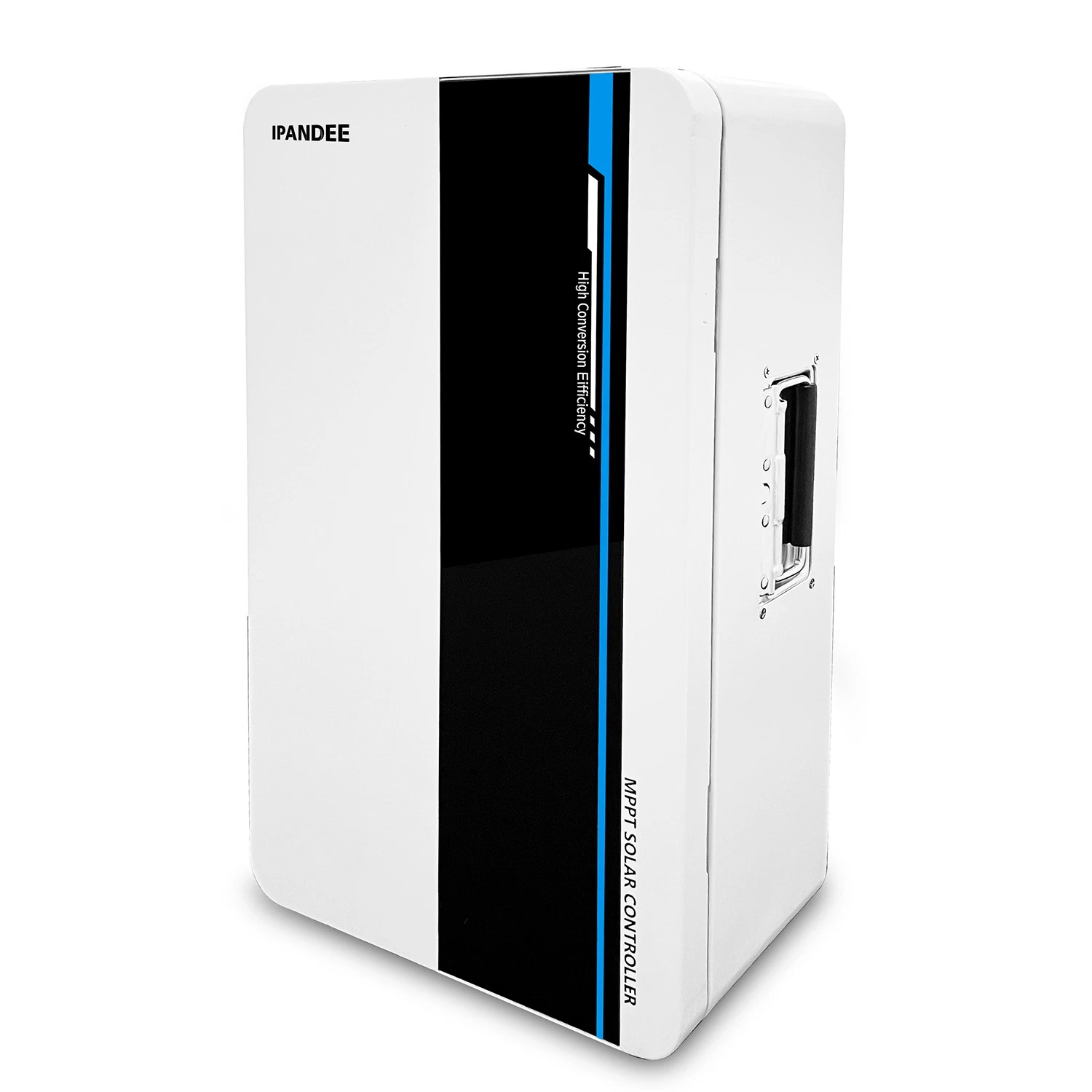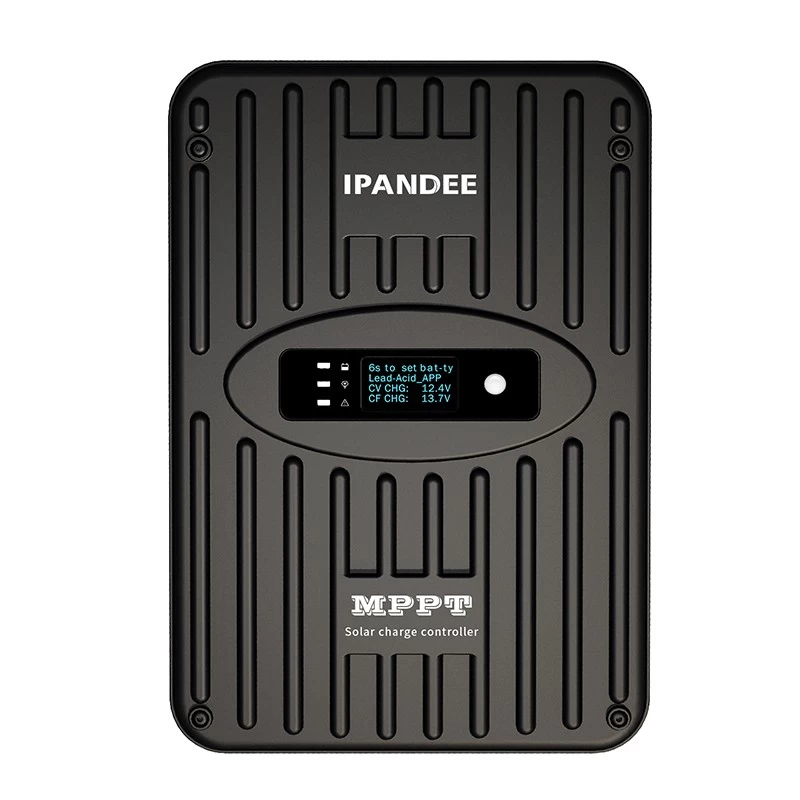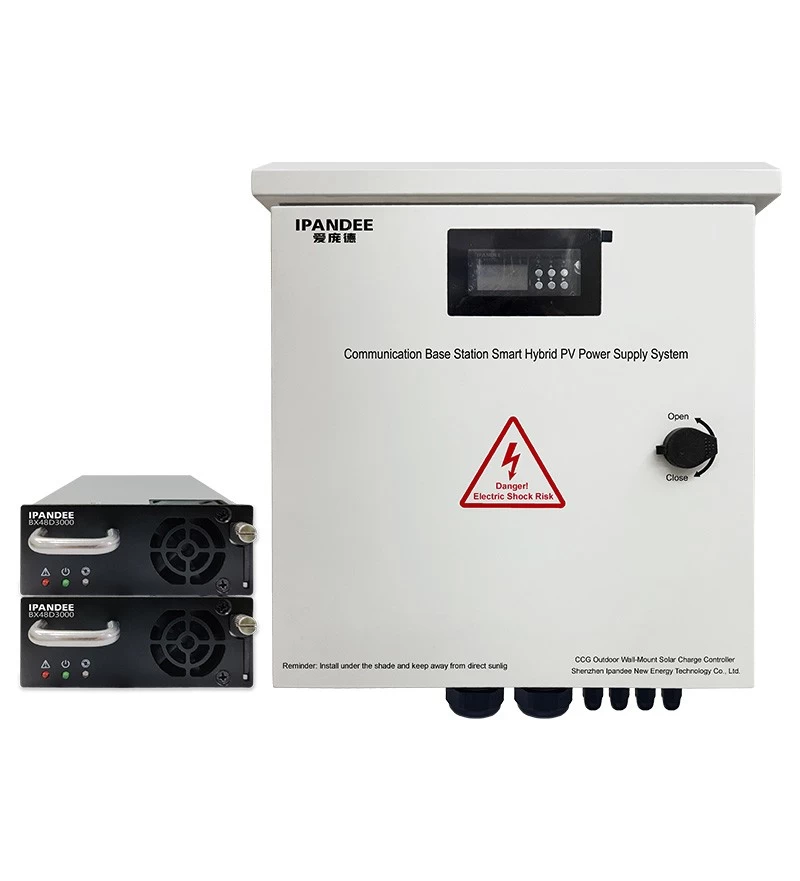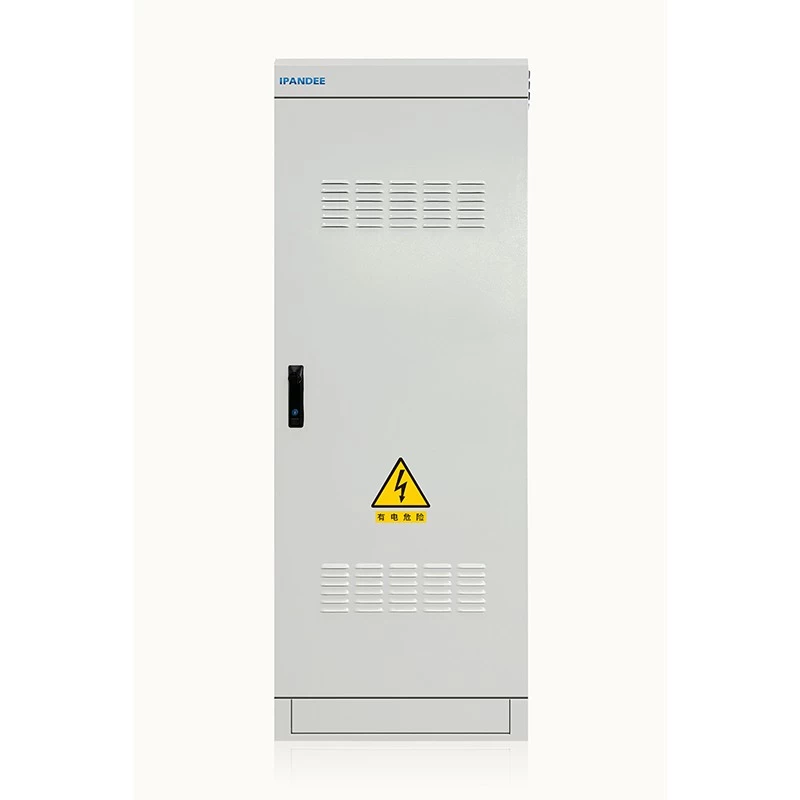System classification of photovoltaic power generation
Photovoltaic power generation is a technology that directly converts light energy into electrical energy by utilizing the photovoltaic effect of the semiconductor interface. Mainly by solar panels (components),ControllerwithInverterThe three components are composed of electronic components. The solar cells are packaged and protected in series to form a large-area solar cell module, and then combined with a power controller and the like to form a photovoltaic power generation device.
Photovoltaic power generation can be divided into two major categories: independent photovoltaic power generation system and grid-connected photovoltaic power generation system.
1. Independent photovoltaic power generation is also calledOff-grid photovoltaicPower generation. It is mainly composed of solar cell modules, controllers and batteries, and its characteristics do not require the support of a power distribution network. To power an AC load, you also need to configure an AC inverter. Independent photovoltaic power plants include village power supply systems in remote areas, solar household power systems, communication signal power supplies, cathodic protection, solar street lights, and other photovoltaic power generation systems with independent operation.
2. Grid-connected photovoltaic power generation is the direct current that is generated by solar modules directly connected to the public power grid after being converted into AC power that meets the requirements of the mains grid. The main feature of grid-connected photovoltaic power generation is that the power generated by the grid is delivered to the grid, and the grid system is deployed to supply power to the user.
Grid-connected photovoltaic power generation can be divided into centralized photovoltaic power generation and distributed photovoltaic power generation according to the distribution mode. Among them, centralized photovoltaic power generation mainly utilizes abundant and relatively stable solar energy resources in desert areas to build large-scale photovoltaic power plants and access high-voltage power transmission systems. Supply long distance load. In the picture or video, we can see the endless photovoltaic panels in the wilderness. Most of these photovoltaic power plants are concentrated photovoltaic power generation.
The other is distributed photovoltaic power generation, which is mainly based on the upper surface of buildings or land. It can also be planted or cultured under the land, and solve the problem of electricity consumption of users nearby. The compensation and delivery of power supply difference can be realized through grid connection. This kind of power generation is also the hottest way at present. As the share of centralized photovoltaic power generation in the market gradually becomes saturated, the national energy bureau's financial subsidies are gradually reduced, and distributed photovoltaic power generation becomes more and more popular. The basic equipment of the distributed photovoltaic power generation system includes photovoltaic cell components, photovoltaic array brackets, DC combiner boxes, DC power distribution cabinets, grid-connected inverters, AC power distribution cabinets, etc., as well as power supply system monitoring devices and environments. The monitoring device, when operating, the solar cell array of the photovoltaic power generation system converts the solar energy into electric energy and sends it into the power distribution cabinet through the combiner box, and then enters the inverter to convert the alternating current into the load required for designing the building, redundant or insufficient. Power is regulated by connecting the power grid.
Disclaimer: The content is partly from the internet. In order to pass on more information, it does not mean agreeing to its views or confirming its description. Article content is for reference only. If there is any infringement, please contact in time.





